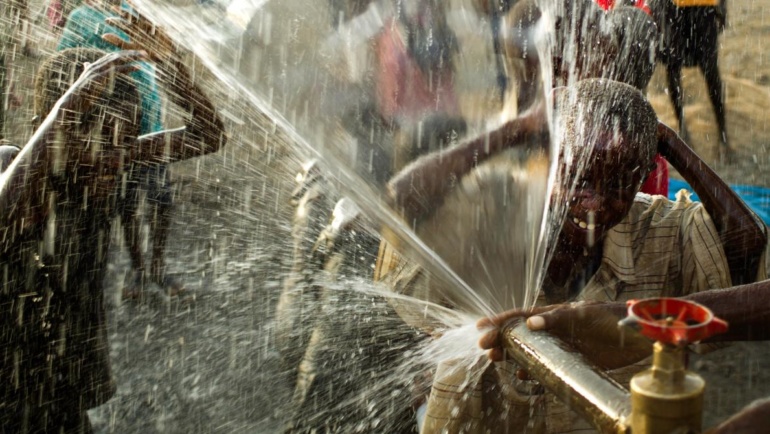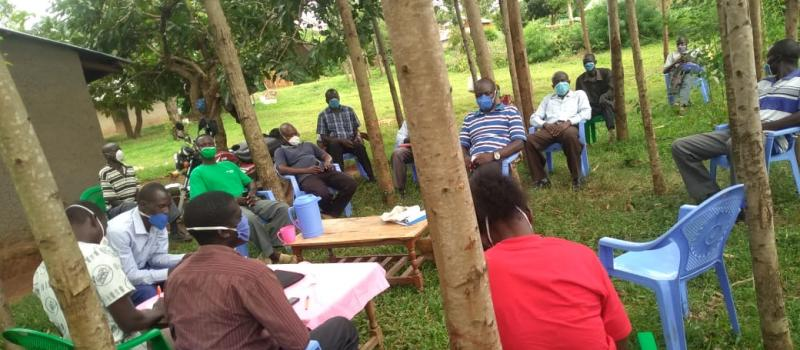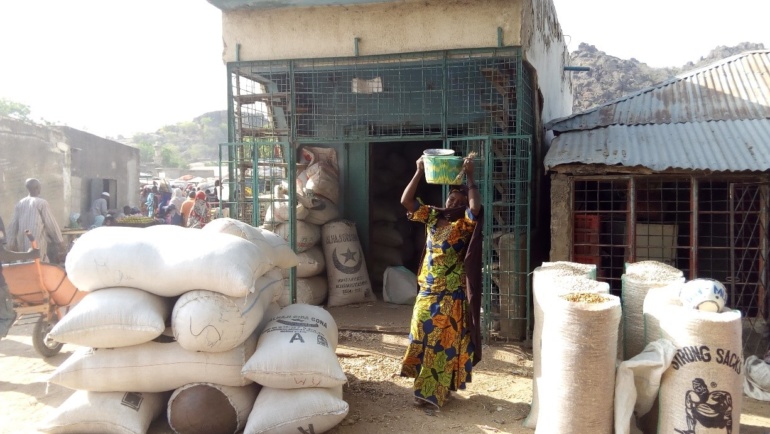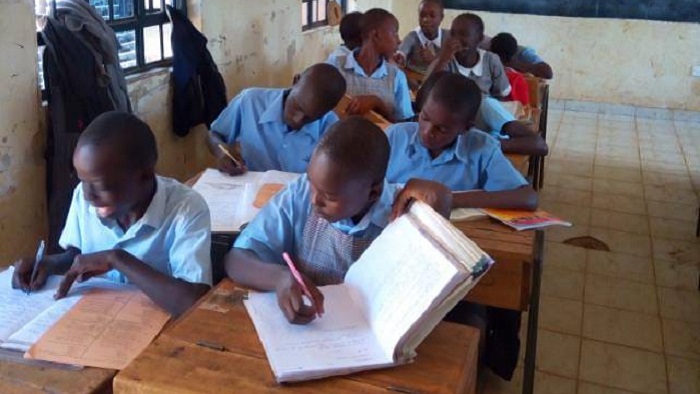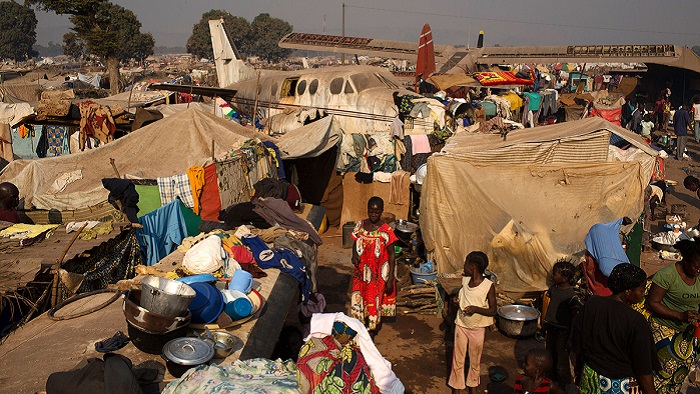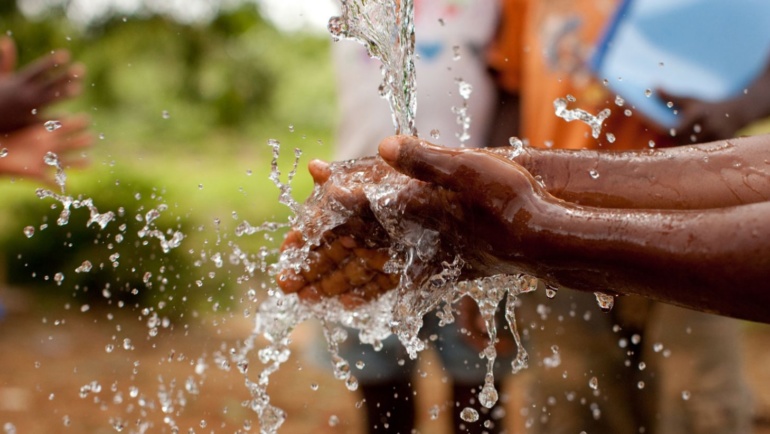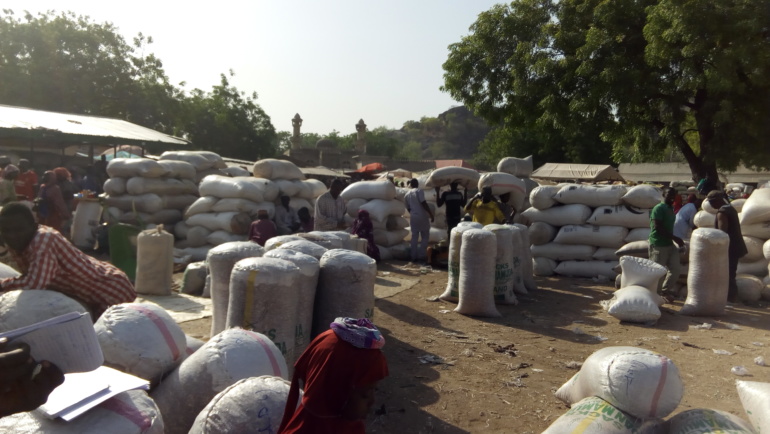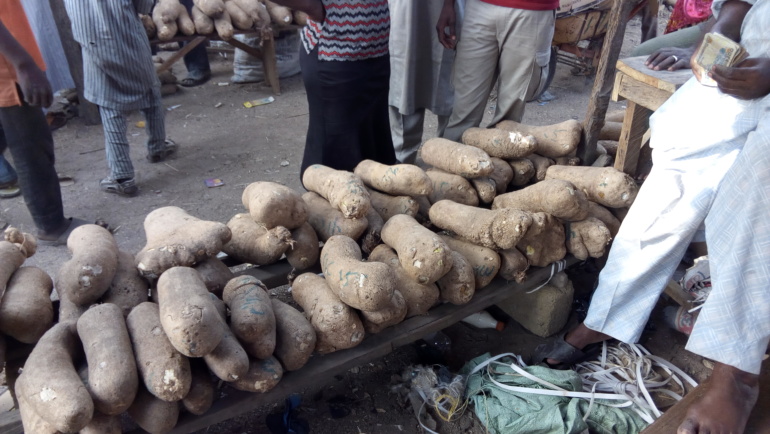Sustainable Natural Resource use and Climate Change Adaptation
The total costs arising from 1997/98 floods, from damage to infrastructure and communications, public health hazard, and loss of crops, have been estimated at Ksh 70 billion (~USD 1.0 billion) by the World Bank. The recent 1999/2000 La Niña-related drought particularly affected the agriculture, livestock, energy, industrial production, and tourism sectors, with costs estimated at Ksh 220 billion (~USD 3.2 billion) by the World Bank. The repeated pattern of periodic droughts and floods leads to longer lasting effects. On average, every seven years Kenya experiences a flood that costs about 5.5 percent of GDP (Ksh 37 billion; ~USD 0.5 billion), and every five years experiences a drought that costs about 8 percent of GDP (Ksh 53 billion; ~USD 0.8 billion). This translates to a direct long-term fiscal liability of about 2.4 percent GDP (Ksh 16 billion; ~USD 0.23 billion) per annum. Whatever happens to future greenhouse gas emissions, we are now locked into inevitable changes to climate...
Learn more
